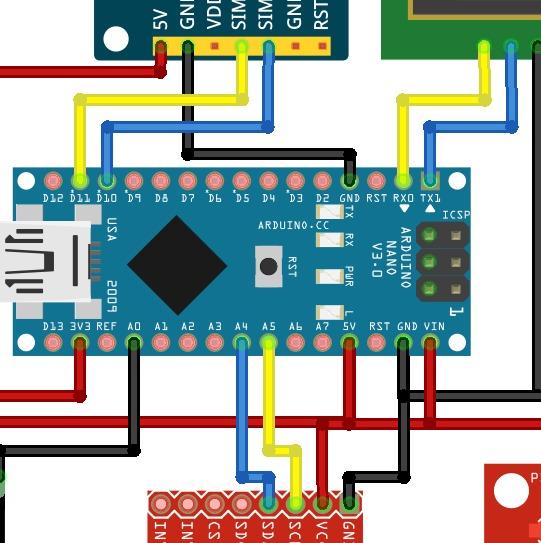Accident Detection System
On a mission to save peoples' lives
Created on 8th January 2023
•
Accident Detection System
On a mission to save peoples' lives
The problem Accident Detection System solves
Traffic collisions in India are a major source of deaths, injuries and property damage every year.
According to the statistics, the average number of accidents that happen is 472606 per year in India. The life of an accident victim can be saved by administering timely medical aid. The 'GOLDEN HOUR', the first hour after the trauma is called the 'golden hour' Instant and proper first aid given to road accident victims during this hour increases the chance of survival manifold and reduces the severity of injuries. Many deaths and the impact of injuries can be prevented with First Aid if casualties are treated immediately.
To overcome this problem, we have come up with a module that detects the accident and then a signal is sent as SOS to the nearest control room and top 5-speed dialing of the victim along with its GPS location so that the necessity need is done, such as calling the ambulance or police whoever could help the person.
Now in the process of detection, the accident could be a nominal or false indication, so to prevent that we have provided an option of canceling, which could be done by the victim just by swiping in his helmet or else in his phone. The time provided to do so is 30 secs to cancel it after the accident is detected.
A module is integrated in the helmet.
The module is used to detect the impact by the following cases
One is the piezoelectric plates which calculates the change in the pressure which ensures that there is some impact.
Another one is the gyro which senses the angular velocity that gives us the sudden change in the rotation again that ensures that there is some accident.
If the impact is detected and it is beyond the threshold limit then the GSM will send the required data as a SOS.
Challenges we ran into
The Challenges we face are as follows:
To accurately detect the accident as well as to find the exact location of the accident so that there could be no false detections.
To Make it accessible to everyone with a minimal cost so that a common person could also afford it.
Placing the module inside the helmet so that the accuracy could be max and to make it smaller to fit it in the helmet with a nominal production cost.
To make it portable so that we can implement it in existing usage helmets so that they don’t have to buy a new one.
